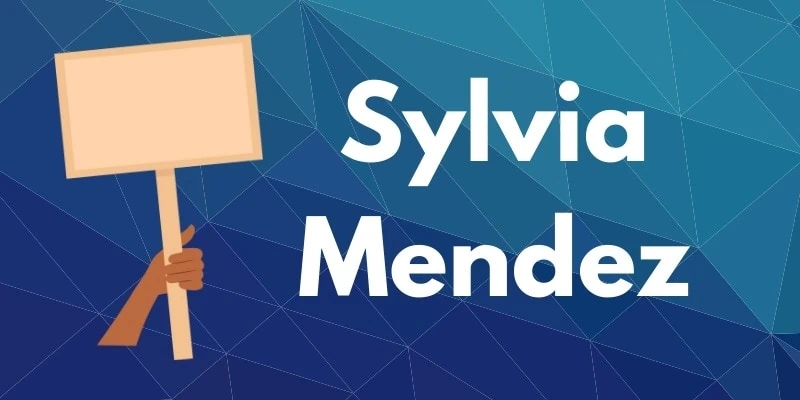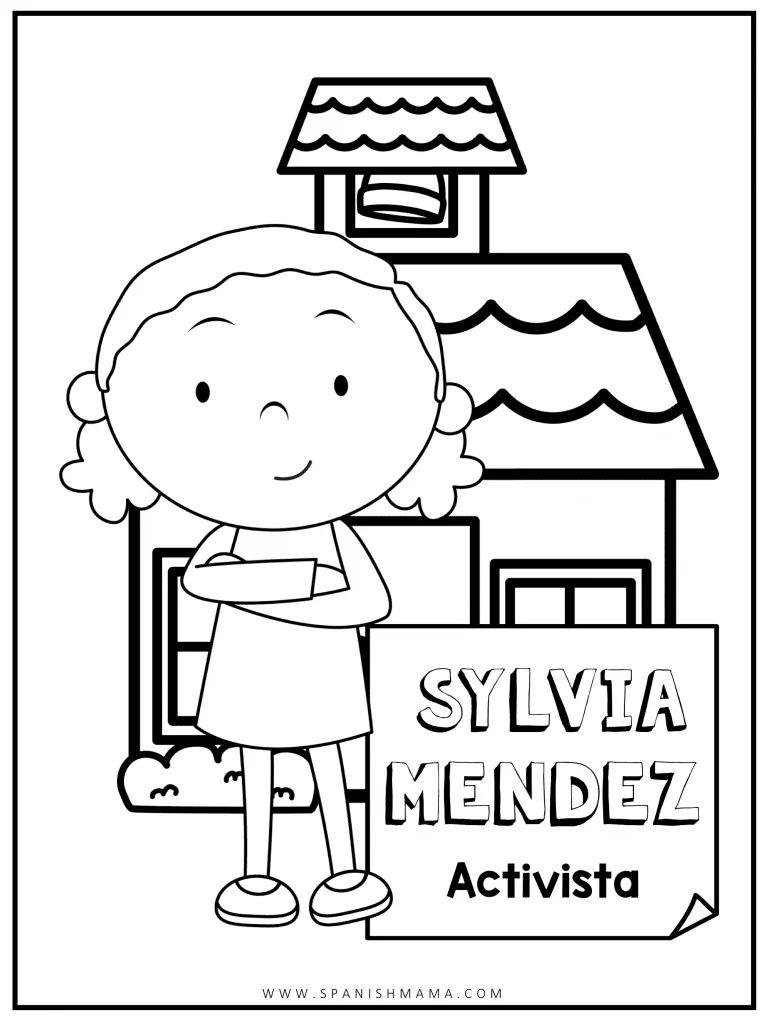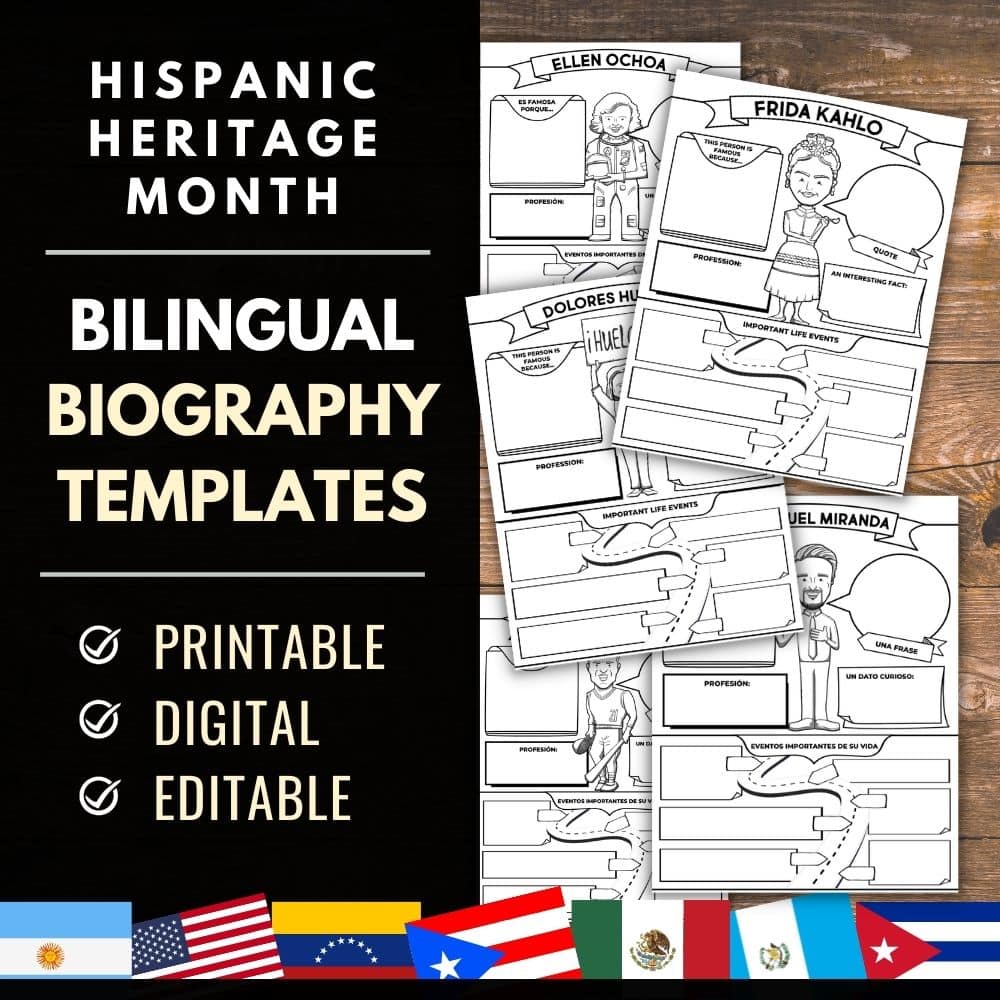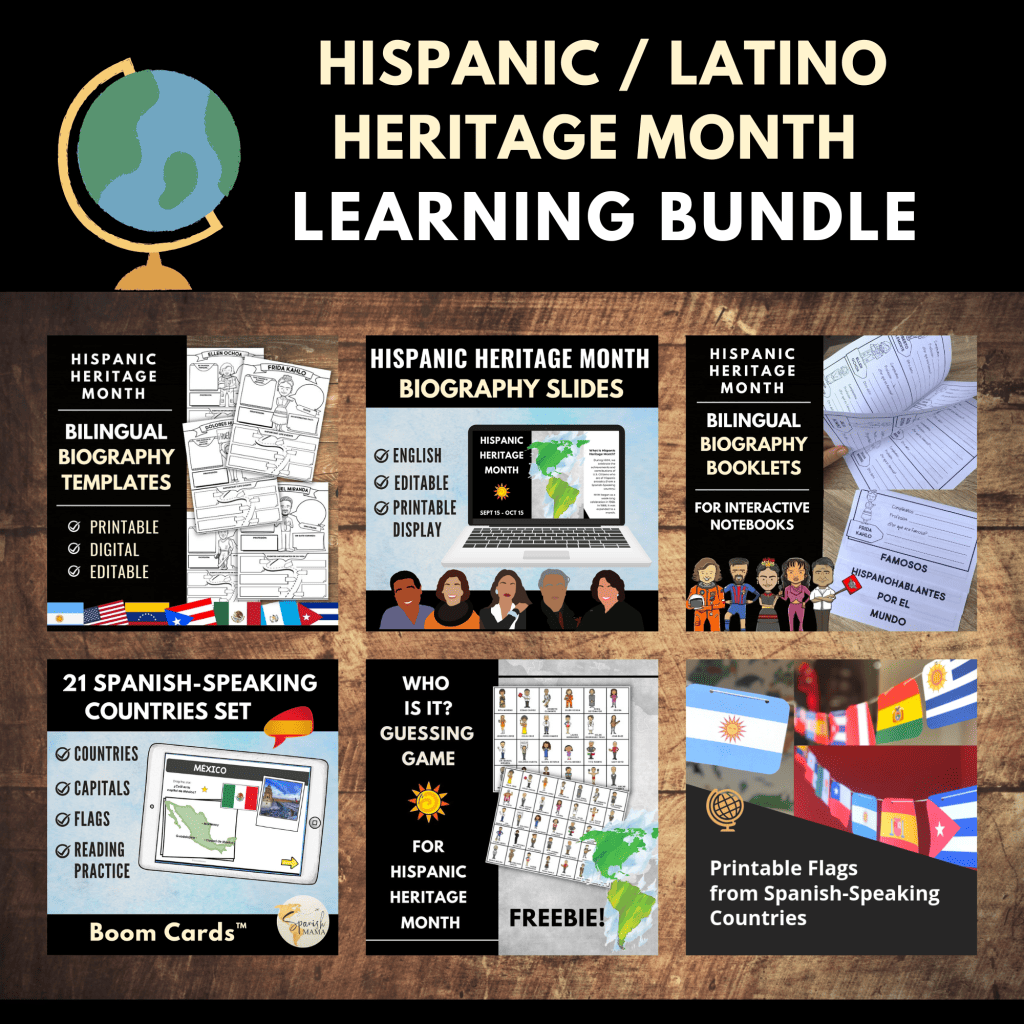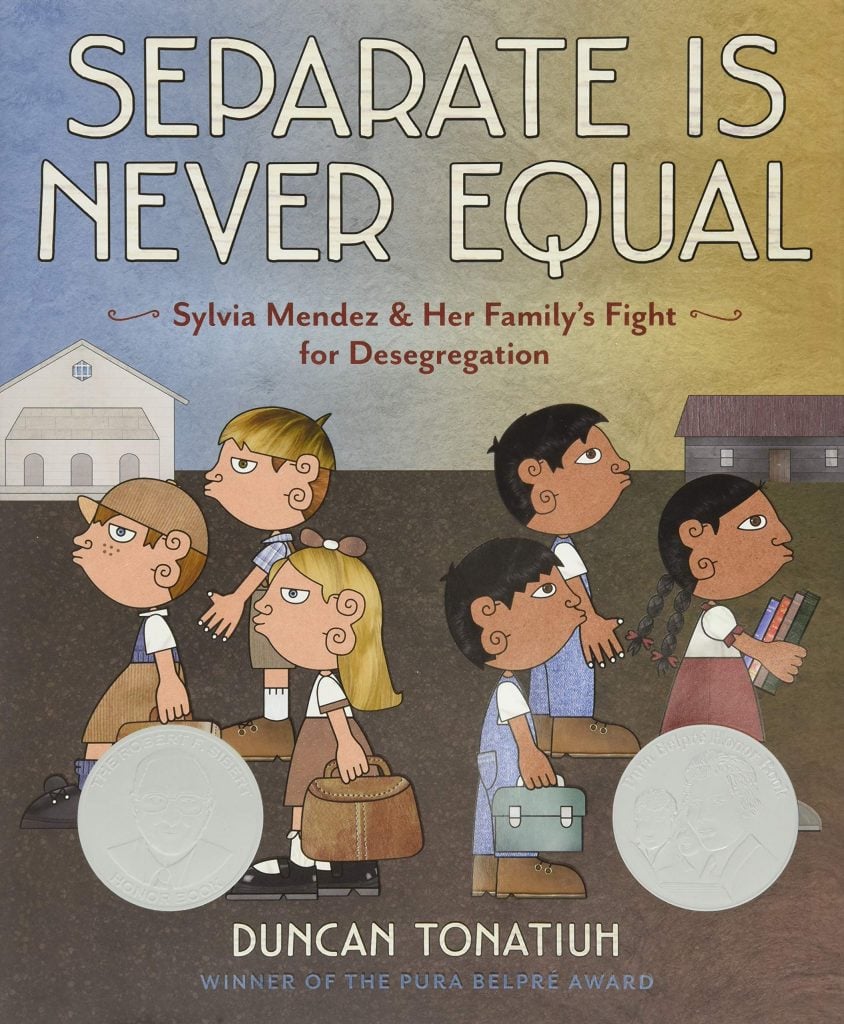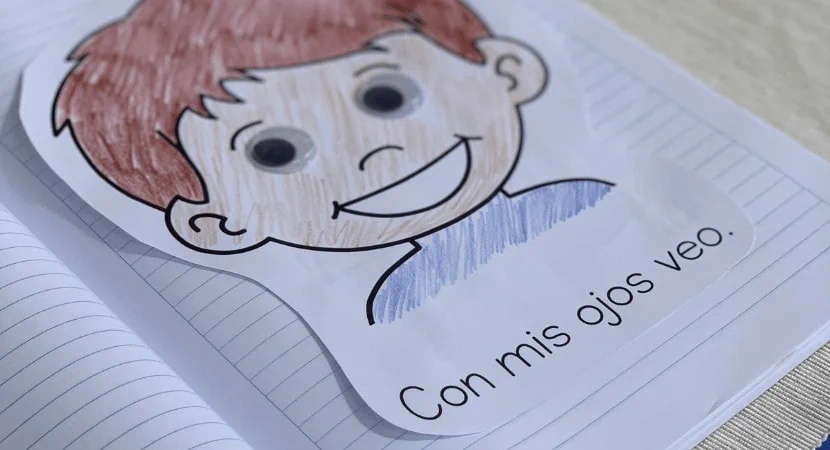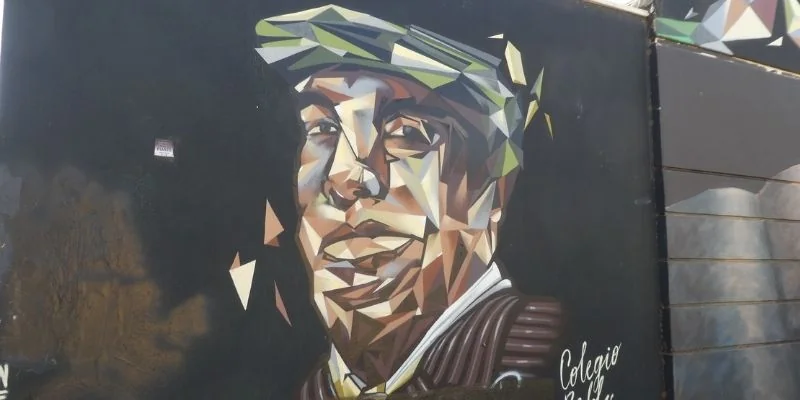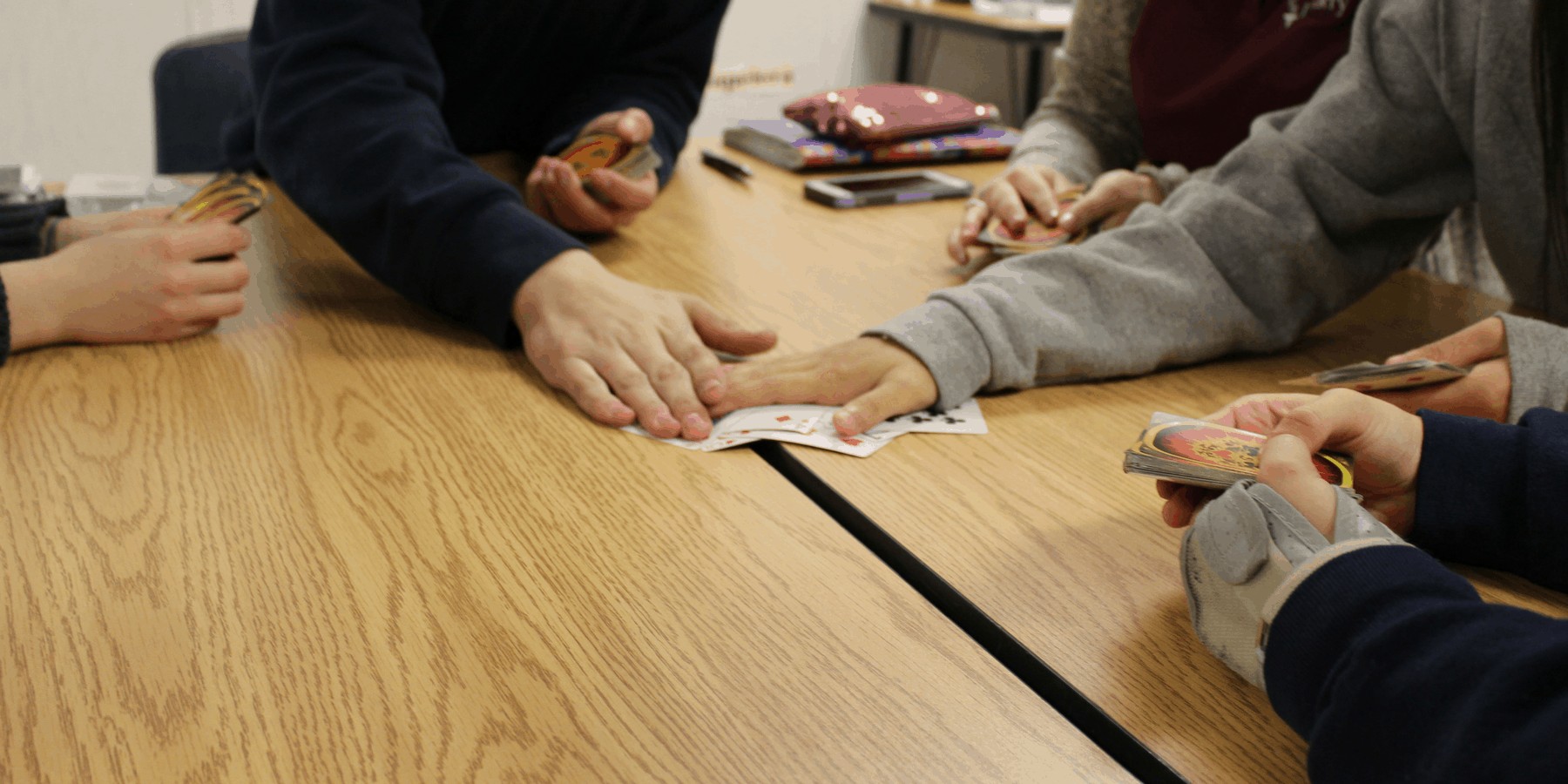Sylvia Mendez Quotes And Biography Resources
Inside: A list of Sylvia Mendez quotes, along with suggested books and a biography.
Most Americans are familiar with the landmark Brown vs. Board of Education case in 1954, a ruling that declared the segregation of schools unconstitutional.
But did you know that almost 10 years earlier, another case challenging the idea of “separate but equal” was playing out in California?
Mendez v. Westminster was a case from five families, suing their district for forcing their children to attend “Mexican schools” and denying access to “whites only” schools.
At the center of this case was Sylvia Mendez, age 9. She didn’t know it at the time, but her story would help change the lives of children in California and eventually the entire United States.
My parents just wanted what was best for their children.
– Sylvia Mendez
If you are here specifically looking for Sylvia Mendez quotes, click here to jump to that section!
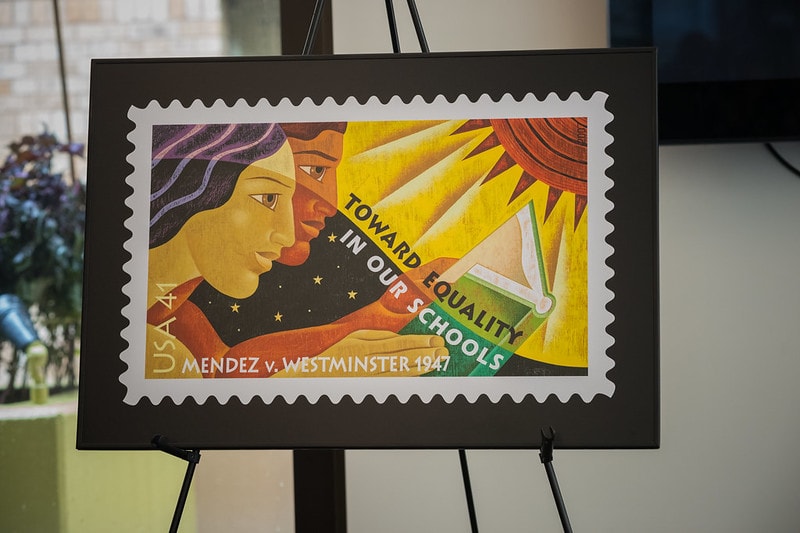
Related: Famous Latinos & Hispanic Americans Home Page
Here’s an index of what’s included in the post. You can click on any link to jump straight to that section:
1. Sylvia Mendez Biography
2. Links and Printables to Learn More
3. Sylvia Mendez Books
4. YouTube Videos
5. Quotes from Sylvia Mendez
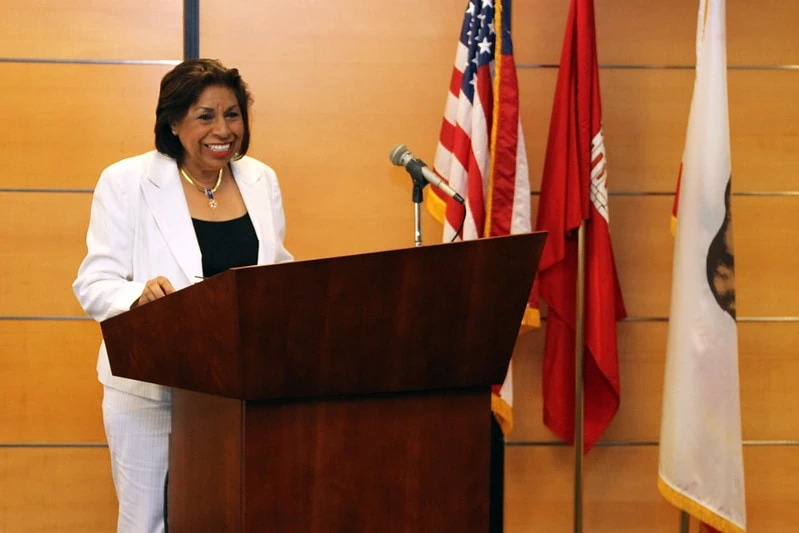
Sylvia Mendez Biography
Fast Facts about Sylvia Mendez
Birth: June 7, 1936
Birthplace: Santa Ana, California
Family: Father, Gonzalo Mendez, and Mother, Felicitas Mendez
Education: Orange Coast Community College, California State University at Los Angeles (B.S.)
Career: Teacher, Activist
Famous For: Being part of the landmark Mendez vs. Westminster Case at age 8, paving the way for desegregation in schools. Recipient in 2011 of the Presidential Medal of Freedom.
The Mendez Family
Sylvia Mendez was born June 7, 1936 in Santa Ana California. Her father Gonzalo was a Mexican immigrant and her mother Felicitas was a Puerto Rican immigrant.
Mendez’s family moved to Westminster, California, a few years later. They leased a farm from a Japanese-American family and settled into life in their new town.
When Sylvia was entering third grade in 1943, her parents attempted to enroll their children in the local elementary school, they were denied admission on the basis of their race. They were denied again in 1944.
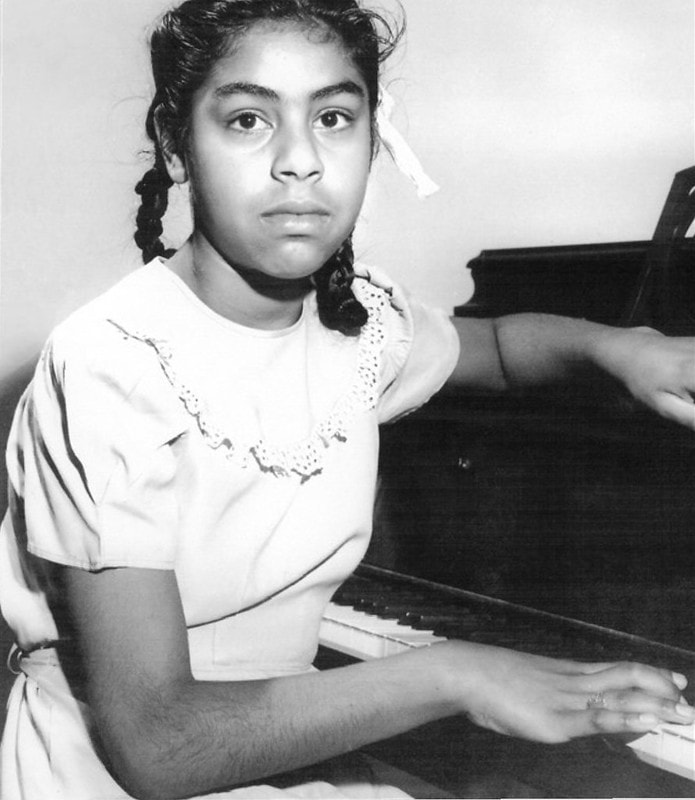
Image Source
At that time in California, most children of Mexican descent were not affected by segregation. (They were considered legally white.) However, some places had begun to create separate schools for Spanish speakers, forcing Mexican American children to attend them based on their language and ancestry.
Westminster was one of these places: Hoover Elementary was a separate school for Mexican American students.
Hoover Elementary stood in direct contrast to the Westminster: it was understaffed and underdeveloped two-room school, lacking a full curriculum. It seemed to only prepare children for service work and focused on vocational skills instead of academics.
“These prospective students were subsequently denied admission on the basis of ancestry and “language deficiency.” This segregation was not technically considered a result of racial discrimination because Mexican- Americans were legally classified as “part of the white race.” Nevertheless, the separation of Mexican-American students from those of European ancestry was inherently inequitable.”
– Cornell Edu
Sylvia’s lighter- skinned cousins were admitted to the better-funded “English” school, with their last name Vidaurri. She and her brothers were not. Her aunt was outraged and convinced Gonzalo Mendez (Sylvia’s father) to sue the school.
Mendez v. Westminster
Gonzalo Mendez hired civil rights attorney David Marcus in 1945. (Marcus had recently won a case in which children had been excluded from playing at a local park in Los Angeles.) The school district, wanting to avoid a lawsuit, offered to just allow the Mendez children to enroll and attend.
By this time, however, Gonzalo wanted to see change for other local students as well. The Mendez family joined with four families from other local school districts, in order to file a class-action lawsuit in July of 1945.
Felicitas managed the farm while Gonzalo focused on the case. They paid the expenses for the four other families, including their days of missed work.
The families alleged that the Spanish-speaking schools were subpar and all children should have access to the same schools. Sylvia went to court every day during the trial. While she was not called to testify, several of the other children testified.
The Mendez family won their case on February 18, 1946. Judge Paul J. McCormick ruled that the school districts must stop their discriminatory practices.
“In his decision Judge McCormick wrote: “‘[t]he equal protection of the laws pertaining to the public school system in California is not provided by furnishing in separate schools the same technical facilities, textbooks and courses of instruction to children of Mexican ancestry that are available to the other public school children regardless of their ancestry. A paramount requisite in the American system of public education is social equality. It must be open to all children by unified school association regardless of lineage.”
– US Courts.gov
Westminster and the other districts appealed the decision. However, the U.S. Court of Appeals for the Ninth Circuit upheld McCormick’s ruling on April 14, 1947.
California Governor Earl Warren then signed the bill that would end state school segregation for Latinos, Asians, and Native Americans. This led to way to ending similar discrimination in shops, restaurants, and movie theaters.
The Legacy of the Mendez Case
Though Mendez v. Westminster advanced equality in the state of California, segregation continued across the rest of the United States. Under federal law, Black children in California continued to attend segregated schools.
Both the initial case and the appeal were careful to avoid the “separate but equal” issue directly, citing “equal protection” instead. However, the stage had been set.
When the appeal was brought before the ninth circuit, it had caught the attention of the NAACP. Civil Rights attorney Thurgood Marshall wrote amicus briefs for the case.
Meanwhile, Governor Earl Warren had gone on to become the U.S. Supreme Court Chief Justice.
When Brown v Board of Education arrived before the U.S. Supreme Court in 1954, Thurgood Marshall built upon many of his arguments from the earlier California briefs. And Chief Justice Warren wrote the opinion that ended segregation, nationwide.
(For a thorough look into the connection between Mendez v. Westminster and Brown v. Board of Education, see Méndez V. Westminster: The Harbinger Of Brown V. Board , by Sarah Sadler for Cornell University. )
Back in California, sadly, Gonzalo Mendez had died before he saw the full impact of his efforts.
Sylvia Mendez had endured her entrance into Westminster Elementary and went on to get a degree in nursing from the University of California at Los Angeles. She eventually became
Many years later, Sylvia’s mother convinced her to raise awareness of their family’s story. After working several decades as a nurse, she now dedicates her time to speaking around the country to share her story and history. In 2011, she was awarded the Presidential Medal of Freedom by former President Barack Obama.
Awards:
- Presidential Medal of Freedom
- Postal Stamp Commemorating Mendez vs. Westminster
Interesting Facts about Sylvia Mendez for Kids
Like Ruby Bridges, Sylvia Mendez changed the lives of thousands of children after her. They are heroes who didn’t necessarily choose to be put in that position.
Mendez later shared when she sat in the courtroom those many times, she hadn’t exactly known what was happening. According to her, she believed it was mainly to go to the nice Westminster school.
She recounted, “My mother says, ‘Sylvia, don’t you realize what we’re fighting for?”, ‘Yes, so we can get to that beautiful school in Westminster.’ She said, ‘No Sylvia, that’s not we’re fighting, we’re fighting because under God we’re all equal, you belong at that school just like everybody else belongs to that school, that’s what we’re fighting for.”
When Sylvia did begin attending the regular school, she endured bullying and poor treatment from her peers (at a later integrated school), and it was not an easy experience for her. This is one of the reasons it’s so important to honor her legacy.
Printables and links to learn more
Elementary Resources:
- Free printable Sylvia Mendez coloring page.
- Online Activities to go with the book Separate is Never Equal
- Printables and lesson plan for the books Echo and Separate is Never Equal.
Middle – High School Resources:
- “Why Mendez Still Matters” Learning for Justice Toolkit (for middle and high school, with printables and lesson ideas).
- Mendez. vs. Westminster Court Case and Questions
You also might be interested in my sets of biography slides and project templates for learning about Latinx and Spanish-Speaking leaders, plus a free guessing game.
Syvlia Mendez Books
These links are affiliate links.
Videos About Sylvia Mendez
An intro to Sylvia Mendez, in her own words and featuring photos from her story and childhood (2min 20s).
An overview of the Mendez vs. Westminster case (4min 23s) in a school-friendly voice. See the video on YouTube here.
A 1-minute, concise overview of the Mendez vs. Westminster case:
A slightly more in-depth look at the Sylvia Mendez story:
An interview with Sylvia Mendez with Univision (6min 59s):
10 Sylvia Mendez Quotes
1. “I remember being in court every day. They would dress us up really nice (giggles) and we’d be there sitting very quietly, not really understanding what was going on. And it wasn’t ‘til I was ten years old that I really discovered what they were fighting.”
– Sylvia Méndez, StoryCorps
2. “We weren’t being taught to be smart. We were being taught how to be maids and how to crochet and how to quilt.”
– Sylvia Mendez
3. My mother says, “Sylvia, don’t you realize what we’re fighting for?”, “Yes, so we can get to that beautiful school in Westminster.” She said, “No Sylvia, that’s not we’re fighting, we’re fighting because under God we’re all equal, you belong at that school just like everybody else belongs to that school, that’s what we’re fighting for”.
– Sylvia Méndez, Orange County Dept. of Education
4. “It’s about everybody coming together. If you start fighting for justice, people of all ethnicities will come together.”
– Sylvia Méndez
5. “We are all individuals; we are all human beings; we are all connected together; and we all have the same rights, the same freedom.”
– Sylvia Méndez
6. “No matter your race or background, anything is possible.”
– Sylvia Méndez
7. “I go to school and the school bell rings and we go out to play and this little white boy comes up and he says, ”What are you doing here? You don’t belong in this school. They shouldn’t have Mexicans here.” And I started crying cause I’ve always been that way.
So I go home and tell my mother, “I don’t want to be in that school.” And she says, ”Don’t you realize that this is what we fought for? Of course you’re going to stay in that school and prove that you’re just as good as he is.”
– Sylvia Méndez, Story Corps
8. “That we are all individuals; that we are all human beings; that we are all connected together; and that we all have the same rights, the same freedom.”
– Sylvia Méndez
9. “Education is the answer… Education is what helped me. If I can do it, they can do it.”
– Sylvia Méndez, Intercultural Development Research Association
10. “This is part of American History. Everybody should know how brave the Latinos are, and how we have always fought for education.”
– Sylvia Méndez, Intercultural Development Research Association
I hope these ideas and resources were helpful to you! If you have more ideas for resources or lessons, let me know in the comments below!
Image Sources:
Image 2: “20140924-DM-RBN-0539” (CC BY 2.0) by USDAgov
Image 3: “Hispanic Heritage Month Observance” (CC BY-ND 2.0) by U.S. Army Corps of Engineers Los Angeles District
Image 4: “Sylvia Mendez, American Civil Rights Act” (CC BY-NC-ND 2.0) by WolfSilverOak
